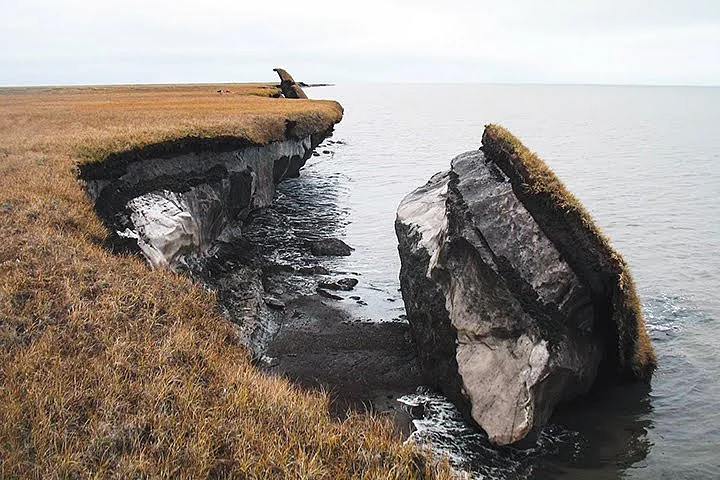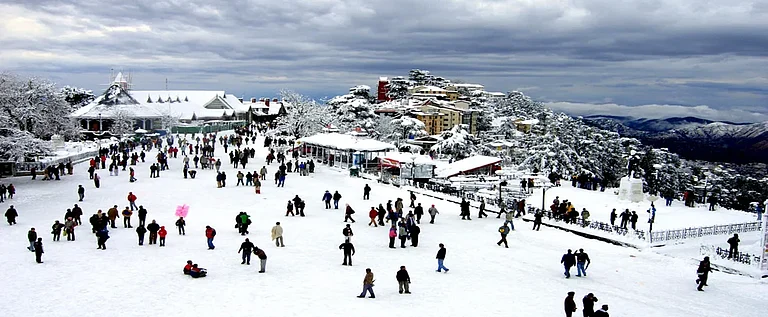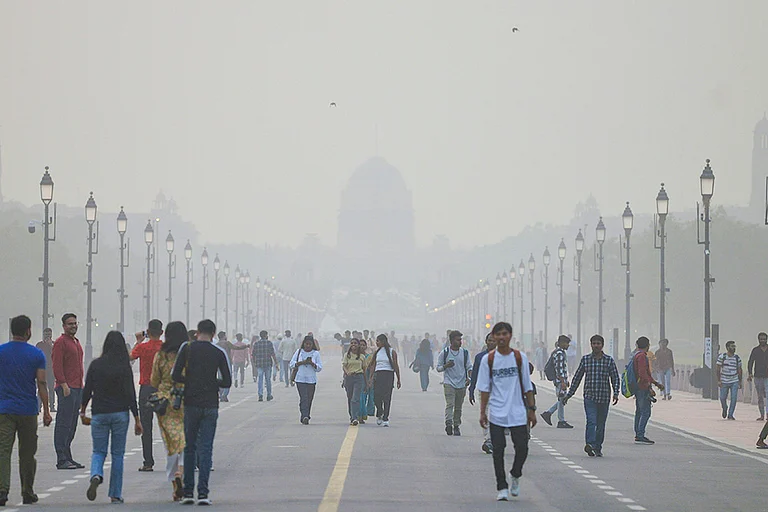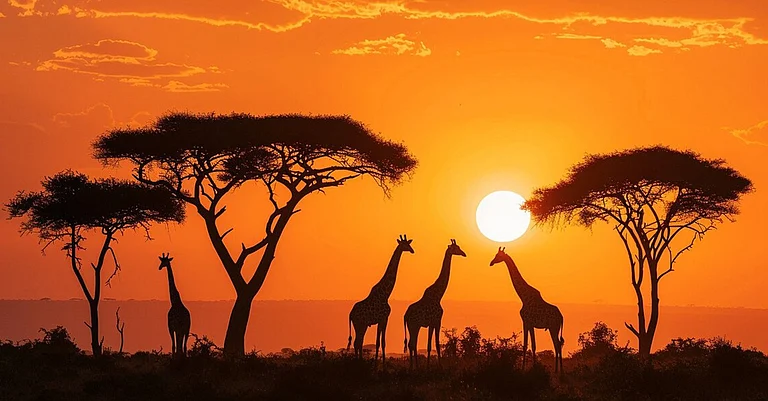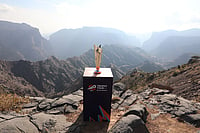The northern permafrost region, extending just south of the Arctic Circle, represents one of the planet’s most rapidly warming landscapes. Here, climate change is intensifying at a rate two to four times faster than the global average, accelerating the thawing of frozen ground under the boreal forests and tundra. This permafrost, long preserved in icy layers, holds an immense carbon stock, this is over twice as much as exists in the current atmosphere. As these vast carbon stores thaw, they release carbon and nitrogen into the atmosphere, adding greenhouse gases and increasing global warming. Recently, scientists have conducted a study to understand the scope of greenhouse gases being released from this region, identifying both positive and negative impacts on the climate.
What is Permafrost and Why Should We Worry?
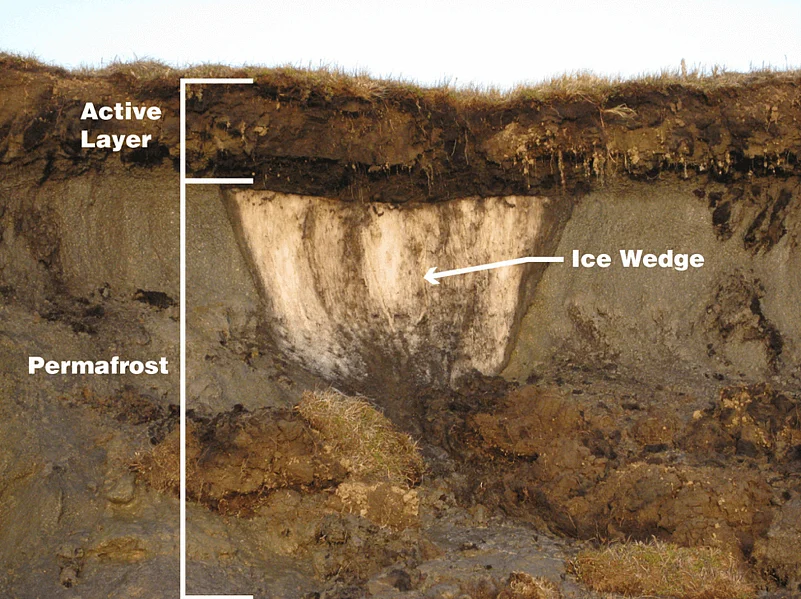
Permafrost is ground that has stayed frozen for thousands of years, often containing layers of soil, rock, peat, and ice. As temperatures rise, ancient plants and animals frozen within these layers start to decompose. In summer, vegetation in these regions grows, drops new litter, and then freezes again, storing enormous amounts of carbon year after year. Over millennia, this process has created a carbon reservoir of more than a trillion tons. To put this into perspective, the amount of carbon in tropical forests is less than half that stored in permafrost.
Historically, only the top “active” soil layer thaws each summer, while deeper layers remain frozen. But with rising global temperatures, the thaw extends further down each year. When permafrost thaws, microbes start breaking down organic matter, releasing greenhouse gases. In oxygen-rich conditions, this produces carbon dioxide (CO₂), while in low-oxygen areas like lakes, methane (CH₄) is emitted. Since methane is far more potent at trapping heat than CO₂, the increase in methane release is particularly concerning. Additionally, decomposing organic matter releases nitrous oxide (N₂O), a powerful greenhouse gas with significant warming effects.
This warming cycle creates a “positive” feedback loop: warming leads to thawing, which releases more greenhouse gases, causing further warming. Reducing these self-reinforcing processes is crucial to limit global warming. Fortunately, there is also evidence of a “negative” feedback loop, where factors like longer growing seasons and higher CO₂ levels promote plant growth, allowing plants to absorb more carbon from the atmosphere.
The Study and Findings
A team of scientists from 35 institutions collaborated on a comprehensive analysis of greenhouse gas emissions from the northern permafrost region, as part of the Global Carbon Project. They combined data from land, freshwater, and atmospheric observations to assess the greenhouse gas balance for CO₂, methane, and nitrous oxide from 2000 to 2020.
Key Findings
The researchers discovered that, overall, permafrost is a small to medium carbon sink, meaning it stores more CO₂ than it releases. Annually, this sink absorbs between 29 million and 500 million tons of carbon, with the boreal forests of Canada and Russia contributing significantly. Increased plant growth, due to longer growing seasons and warming, has allowed more CO₂ to be absorbed by these forests. However, natural sources like lakes, rivers, and wildfires still release CO₂ into the atmosphere.
While CO₂ uptake offsets warming to some degree, the region remains a source of methane and nitrous oxide. Wetlands, which are increasing in size due to thawing ice, are the largest methane source, and tundra and boreal forests emit nitrous oxide. While methane emissions existed before industrial warming, these emissions have since grown. Notably, methane has a strong short-term warming effect due to its high potency, meaning that over a 20-year period, methane and nitrous oxide emissions contribute more to warming than the CO₂ sink can offset.
On a 100-year scale, the warming effect of methane is more balanced, making the region’s greenhouse gas output nearly neutral. The Intergovernmental Panel on Climate Change (IPCC) uses this 100-year timeframe to assess long-term climate impacts. However, in the shorter 20-year period, greenhouse gases from the permafrost region represent a net warming source.
What is Ahead
Predicting the future of greenhouse gas emissions from permafrost regions remains challenging. Methane emissions are already increasing across the region, a trend likely to continue as the ground keeps thawing. Models used by the IPCC suggest that the CO₂ sink may persist through the 21st century under various emissions scenarios. However, these models don’t fully account for the impact of local permafrost collapses and extreme wildfires, which can quickly accelerate greenhouse gas emissions.
Wildfires in permafrost regions are a growing concern. The study’s data covered up to 2020, just before two major wildfire events—in Siberia in 2021 and Canada in 2023—that released approximately half a billion tons of carbon each. These events not only erase the region’s CO₂ sink but can also make the area a net CO₂ source.
This underscores the urgency of reducing human-induced greenhouse gas emissions to avoid amplifying the warming feedback loop. Permafrost thawing adds substantial greenhouse gases to the atmosphere, increasing warming that, in turn, thaws more permafrost, releasing even more carbon and nitrogen. If human-induced emissions are not curtailed, this cycle will continue to accelerate, adding fuel to the fire of global warming.
The northern permafrost region holds immense amounts of carbon that have accumulated over millennia, and as climate change accelerates its thaw, this carbon is now being released. The study by the Global Carbon Project provides a critical insight into the region’s greenhouse gas dynamics, highlighting both its role as a CO₂ sink and a significant source of methane and nitrous oxide emissions. In the short term, the warming impact of these emissions outpaces the cooling provided by CO₂ absorption, creating a net warming effect that exacerbates climate change.
This research emphasizes that the only sustainable way to prevent the release of frozen carbon is to drastically cut human-made greenhouse gas emissions. By doing so, we can mitigate the feedback loop between warming and permafrost thawing. Swift action to curb emissions is essential not only for stabilizing global temperatures but also for protecting the immense carbon stores in the permafrost, which, if released, would significantly escalate the climate crisis.
(This story has been slightly reworked from an auto-generated PTI feed.)






